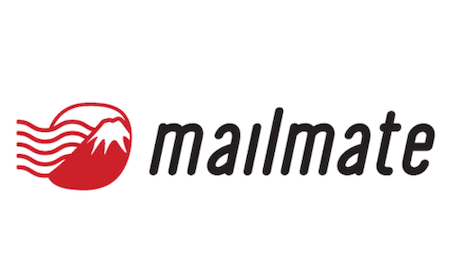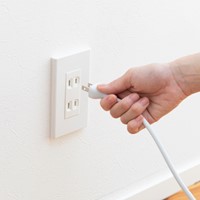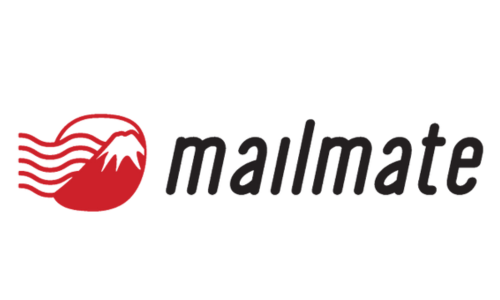The Types of Japanese Mail Explained
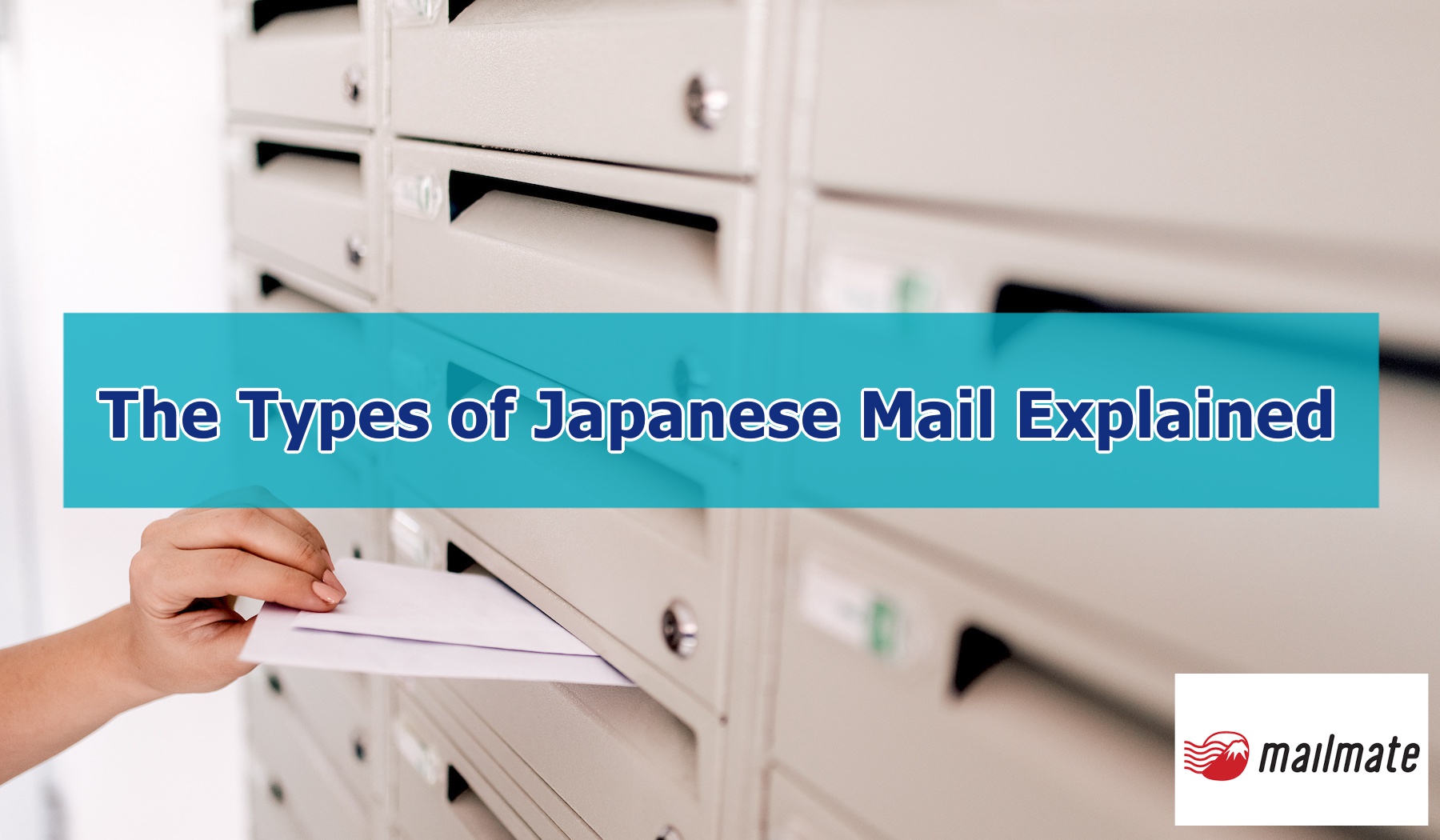
This article is contributed by MailMate, a bilingual virtual mail service for expats in Japan
If you’re new to Japan and you’re wondering what type of physical mail you can expect to receive at your place of residence, this article is for you.
While certain sectors of Japan are becoming increasingly digitalized, this isn’t uniformly widespread. You can opt out of receiving physical mail from certain entities, such as your bank or utilities provider. However, opting out is not possible for notices from your city office.
This article covers all the various types of Japanese mail that residents in Japan will often receive in the space of one year—such as New Year Cards, electricity bills, the various notices from your city office, and more!
New Year Cards
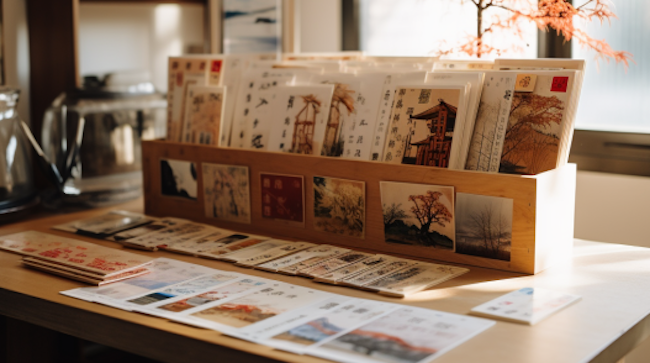
Japan has a long tradition of sending New Year greetings, starting from the late Heian period (794–1185). If you have Japanese friends, acquaintances, or colleagues, they may send you New Year greetings.
Exchanging New Year Greetings in Japan is similar to the Western tradition of exchanging Christmas cards with each other. If someone sends you a New Year greeting, you can send one in return. The timeframe for sending New Year greetings is from January 1 to January 7.
Tax Notifications
In late January and early February, local city offices across Japan will send out reminders to all residents regarding the upcoming tax season.
Usually included in the envelope are papers outlining any tax changes that apply to the current tax season, along with directions for how to file this year’s taxes and instructions for how to file online through the e-Tax portal. If your company is filing taxes for you, then there’s nothing further you need to do with this notification.
But if you are a sole proprietor or company owner or have other sources of income outside of your company job, you will want to pay attention to this notice.
Pension Premium Payments
In early April or late March, pension premium bills are sent from the local city office to your place of residence. Each city will have a different payment system that is allowed, so be sure to check on the back for where they can be paid. Typically, however, these can be paid at convenience stores and participating banks.
If you wish, you can also arrange for these to be paid via a yearly bank withdrawal vs installments. Paying in a lump sum a year to two years in advance provides a small discount to the amount you must pay. Contact your city office to find out the details.
Utility Premiums
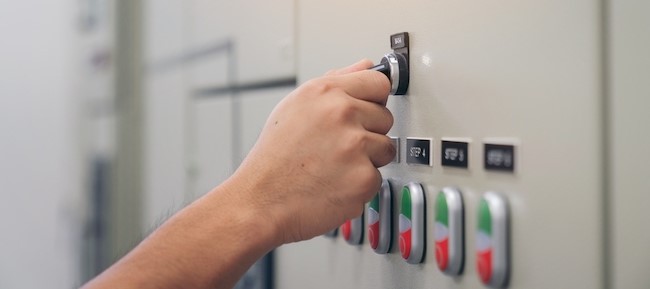
If your apartment or condo contract includes utilities in their monthly rent, then you don’t need to worry about this one. But for the majority of cases in Japan, the electricity, gas, and water bills will be addressed to you and will arrive at your door as physical bills that must be paid at the convenience store. Some utility companies will allow you to change this method of payment to a bank transfer or credit card payment, so research your options.
Leading up to your monthly utility bill, you may receive a slip of paper outlining your water, electricity, and gas usage, the utility rates, and how much you’ll be charged for your usage.
Resident Tax Premiums
In June, your resident tax (jumin zei) premiums will arrive at your place of residence from your local city office. These are premiums calculated based on your previous year’s income.
Your resident tax premiums can be paid at the institutions listed on the back of the payment slips. For example, certain banks, the Post Office, and select convenience stores. In recent years, some city offices have allowed for payment via mobile payment apps, such as PayPay.
Health Insurance Premiums
In July, your health insurance bill will arrive from your local city office. Similar to your residence bill, these bills can be paid at the banks, convenience stores, and other institutions listed on the back of the health insurance bills.
Health Insurance Card
If you are paying into Japan’s health insurance system, you will receive a new health card in September. Health insurance cards are sent out every year around September. These are to be presented whenever you need to visit a hospital, clinic, dentistry, or other medical institution.
End-of-Year Withholding Tax Certificate Postcard
Toward the end of the year, you will receive a postcard that lists the amount of money you have paid into Japan’s social security system, which can then be deducted from your annual taxable income during the upcoming tax season.
Annual Health Checkup Report

If you participated in a health-related checkup mandated by your company or have gone to a city-provided health checkup that is given to all residents every year, you will receive an envelope at your place of residence listing your health checkup results.
Neighborhood Association Missives
If your place of residence belongs to a neighborhood association (jichikai), then you will receive notices from them, often attached to a clipboard. These notices discuss any updates to garbage disposal dates, community events, and other information that the association wishes to relay.
About MailMate
MailMate makes paper mail digital in Japan. Our cloud-based dashboard allows anyone to manage their paper mail in Japan online. We receive your mail, then scan it, and translate it at your request. So, you can read it from anywhere in the world. Along with our virtual mail software, we provide virtual office addresses for company incorporation. Book a demo with our English-speaking support team if you want to learn more!
